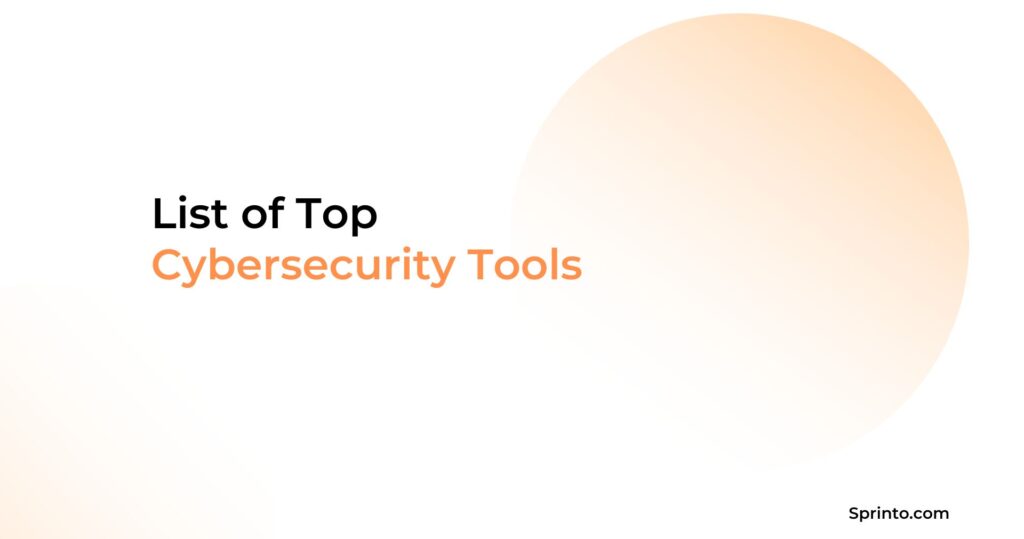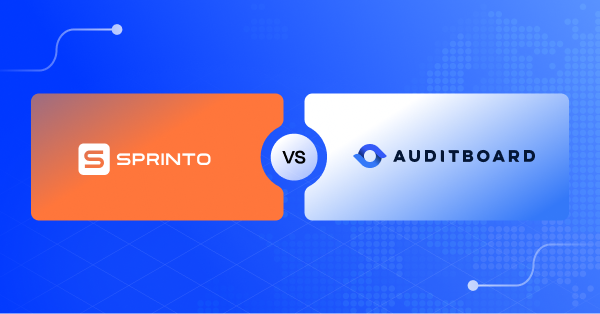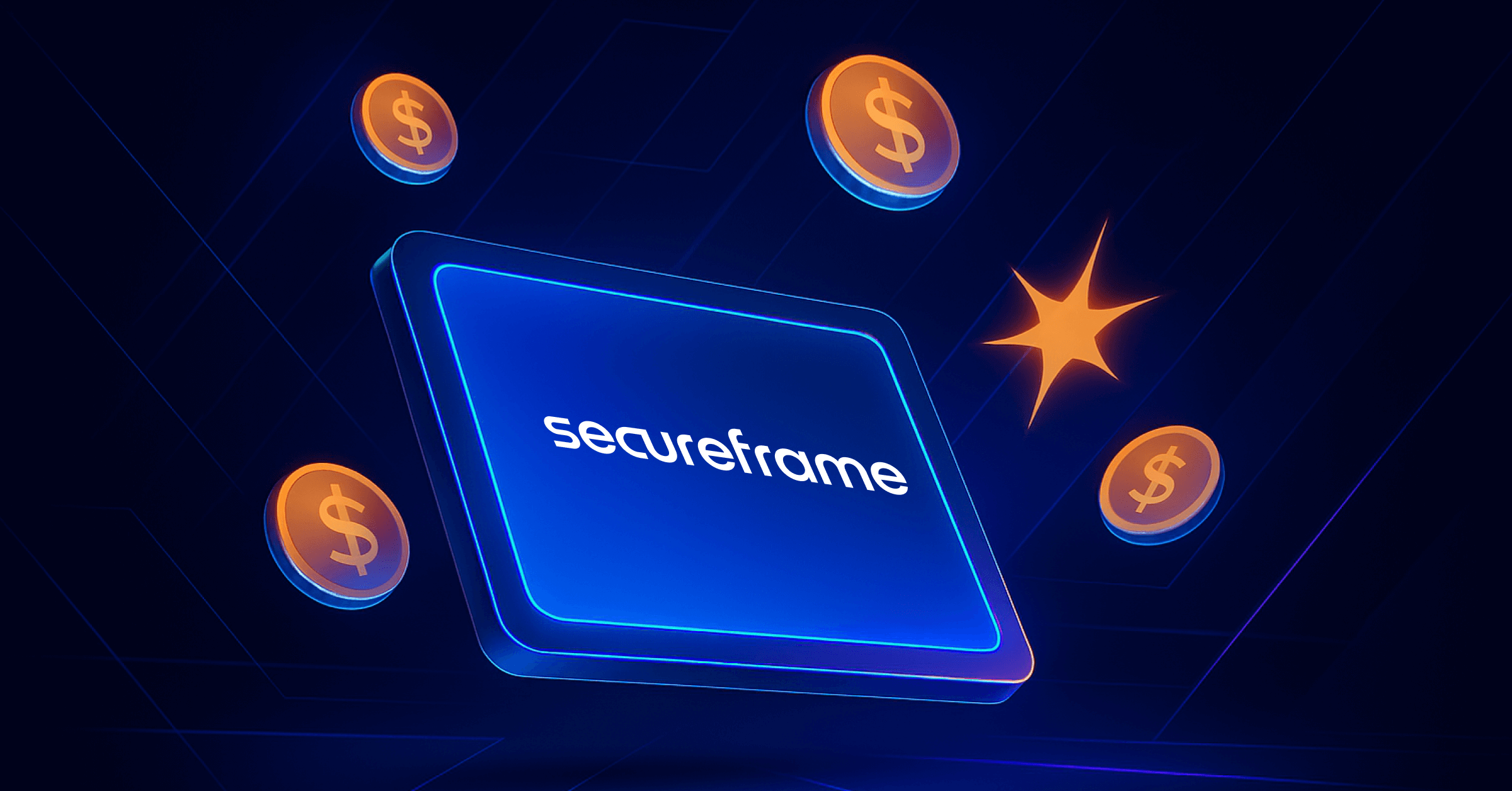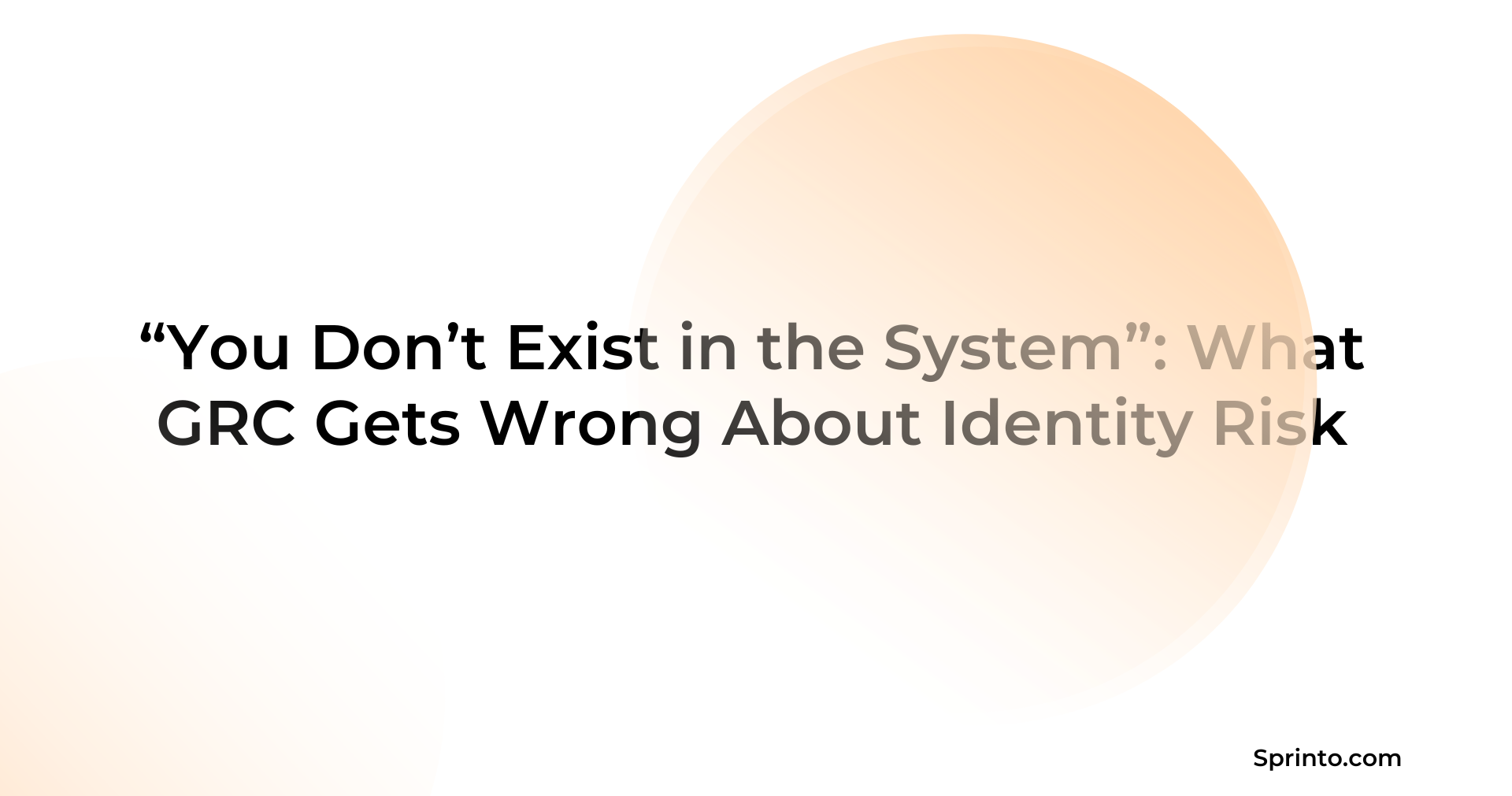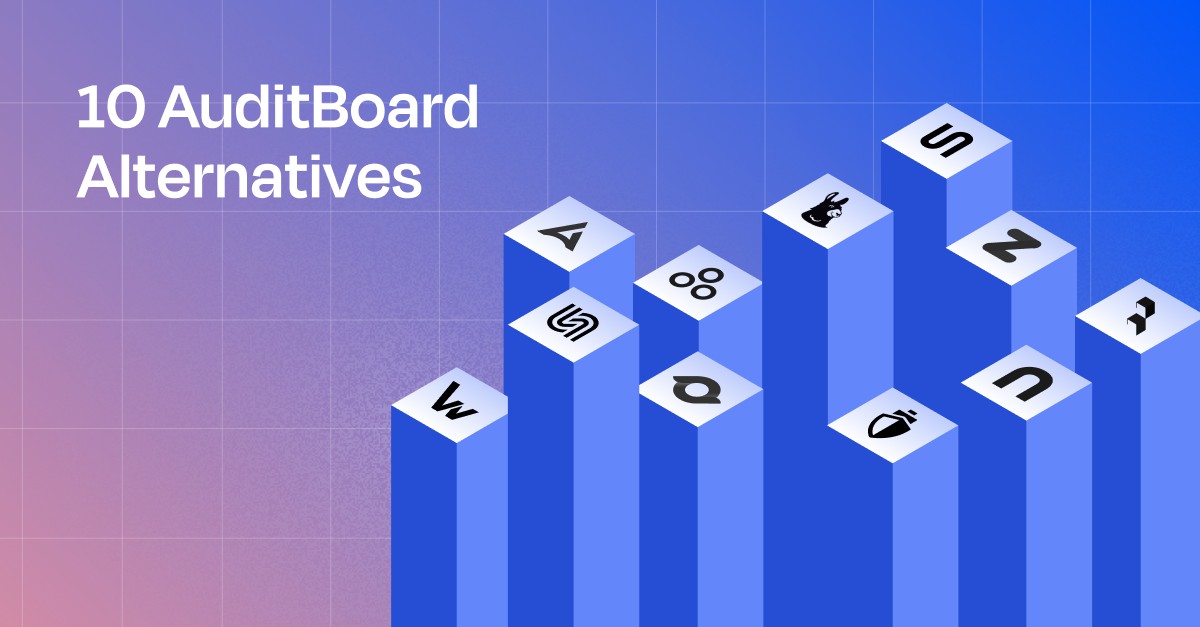Risk Management Policy – How to Automate the Process
Meeba Gracy
Nov 01, 2024
With risks becoming increasingly interconnected, the risk management process involves many moving parts. As risks often share multiple points of intersection, they can quickly escalate into events that could potentially collapse a business. Reacting to a crisis when you’re already in the midst of it is far from ideal.
Forward-thinking businesses know how crucial it is to be proactive while managing risk. In the words of our inhouse lead auditor Varenya Penna, “ “Organizational resilience is built on a strong foundation of risk management. It’s about anticipating challenges and being prepared to respond effectively.”
However, the process can quickly get overwhelming if you don’t know where to begin. This is why it is equally important to have a risk management policy in place to enforce structure and continuity.
A cybersecurity risk management policy outlines identifying, managing, preventing, and mitigating risks promptly and consistently. In this blog, we take you through what should a risk management policy contain and the components that enable effective risk management.
TL,DR:
| A risk management policy provides a set of documented guidelines that outline the organization’s approach to identify and mitigate risks |
| The risk policy contains guidance on identification, measurement, risk response and monitoring activities. |
| The policy is crucial to maintain consistent practices, ensure transparency, meet compliance requirements and enable proactive risk management |
What is a risk management policy?
A risk management policy is a formal document that provides a set of guidelines for an organization to identify, assess, and manage risks that could impact its assets, objectives, operations, or reputation. The policy offers a structured approach to risk management, guiding the organization’s efforts and fostering a risk-aware culture.
Why is risk management policy crucial?
A risk management policy is crucial for any organization as It establishes a framework to ensure that risks do not hinder the achievement of strategic objectives.
A carefully crafted risk management policy outlines the roles and responsibilities of the key stakeholders and guides the identification, assessment, treatment, and monitoring processes. The policy also enables well-informed decisions and safeguards the organization against any business disruptions or failures. Additionally, a well-implemented policy ensures regulatory compliance and a strong security posture, enhancing stakeholder trust.
What does a risk management policy include?
Risk management policy helps you measure and handle risks effectively by helping companies understand the level of risk different elements have while prioritizing security and actionability.
Here is a list of things a risk management policy includes:

1. Identify your risks and vulnerabilities
Any weakness in your organization’s internal controls, system procedures, or information systems poses a cybersecurity vulnerability. Cybercriminals and hackers may exploit these vulnerabilities to gain unauthorized access.
That’s why you first need to assess the risks and vulnerabilities.
2. Evaluate cybersecurity risks
Now that you have identified the risks, determine which are most important, and pinpoint any threats or vulnerabilities that could harm your system.
Once you’ve done that, tackle any known vulnerabilities with the right controls. Then, try to gauge how likely it is for a threat to happen. After that, analyze the potential impact of a threat to see how it could affect you and what it might cost.

All of this helps you figure out your overall risk level, which guides you in making decisions on managing and responding to those risks in the future.
3. Develop mitigation strategies
The next step is to create a plan to mitigate or reduce their impact based on severity. This requires understanding available options, including technological solutions like encryption and automation and other best practices tailored to organizational needs.
Some good risk management options here include risk avoidance, reduction, acceptance, or transfer.
4. Continuously monitor changes
Set up a system to constantly monitor how well your risk reduction strategies work. Use measures like key performance indicators (KPIs) to get alerts if risks are getting too high so that you can fix them fast.
The Sprinto way
Sprinto lets you set up and keep an eye on custom frameworks and controls that fit your business just right. You get the same powerful automation to watch over your custom setups as you do with the ready-made controls.
5. Spread awareness
Run training sessions, workshops, and programs to ensure everyone knows their role. Teach employees and stakeholders about their responsibilities and how to spot risks.
Build a culture where everyone values compliance and security and understands their part in it.
The Sprinto way
Sprinto includes basic and framework-specific security training modules without any extra charges. It keeps the training content up-to-date and relevant.
Plus, Sprinto lets you easily see which employee(s) still need to complete their security training. It also automatically collects compliance evidence for you, so you don’t have to lift a finger.
Here’s how to set up Sprinto as your security training provider if you don’t use an external provider:
Procedure to add Sprinto as your training provider:
- Go to Security Hub > Trainings, and then click on the Overview tab
- Click on + Add training provider
- On the Choose Training Provider page, click on Add next to the Sprinto option
- On the setup of your training program page, choose the training programs you want all employees to have. You can also decide whether or not to include a test by selecting the checkbox
- Review the selected security training, and then click Save changes
6. Maintain an audit trail
Ensure you document all risk assessment results, management processes, roles, responsibilities, corrective actions, implemented controls, areas needing improvement, and methods used.
Conduct regular audits to find areas for improvement and fix any gaps before they cause problems.
Optimize risk management with automation
Creating a risk management policy manually can take up a lot of time. However, a more efficient way exists.
Enter Sprinto, a solution that offers pre-built risk management policies tailored to your company’s unique needs.
Not just policies, Sprinto can help you manage your risks as well. You don’t have to worry about matching risks with controls as it does automatically.
Sprinto helps you handle risk assessments from start to finish, all in one place. It has over 150 pre-mapped controls ready to go.
This way, you can get alerts for new risks, figure out the remediation steps, and solve problems before they become big issues for your business.
Moreover, Sprinto facilitates the easy dissemination of policies to employees by providing timely notifications regarding any updates through regular reminders.
Interested? Streamline compliance and risk management. See Sprinto in action.
FAQs
1. What is a risk policy?
A risk policy is set of documented instructions reviewed and approved by the corporate governing bodies that assist the organization in managing risks. The policy is a part of the broader risk management framework and guides the risk response efforts.
2. What is the purpose of a risk management plan?
A risk management plan helps you anticipate, evaluate, and prepare for potential risks during project management. It acts as a guide, similar to a blueprint for a construction project, outlining each stage and identifying areas where problems may occur, such as needing demolition, hiring external contractors, or managing budget constraints.
3. What are the elements of a risk policy?
A risk policy should involve risk identification, evaluation, assessment, prioritization, and management processes to achieve company objectives. It needs to be done by the business strategy, given the competitive factors that can affect the achievement of goals.
4. What makes a good risk management policy?
The best risk management policy has periodic reviews, a checking mechanism to ensure the effectiveness of the internal controls, and proper classification of residual risks. It should be presented to spell out the procedures, approaches, and tools for performing organizational risk management.
5. What are the 4 pillars of risk management?
Hazel Kemshall, Risk Management’s proponent, is a professor at De Montfort University. It covers Supervision, Interventions and Treatment, Monitoring & Control, and Victim Safety Planning, being presented as a systematic way to organize risk management strategies.


Use Sprinto to centralize security compliance management – so nothing
gets in the way of your moving up and winning big.








